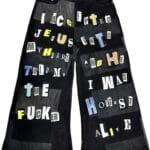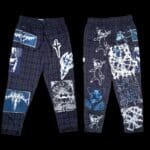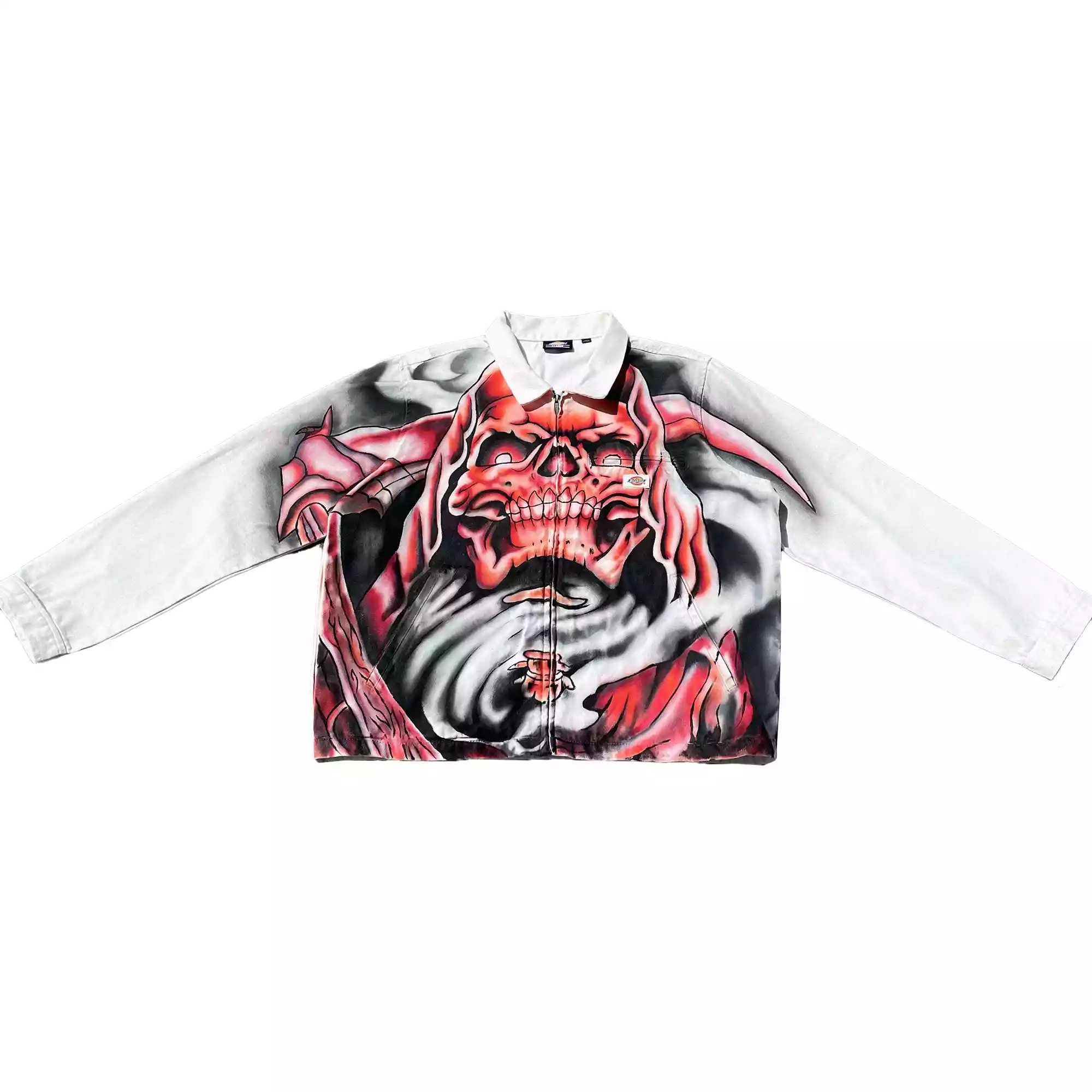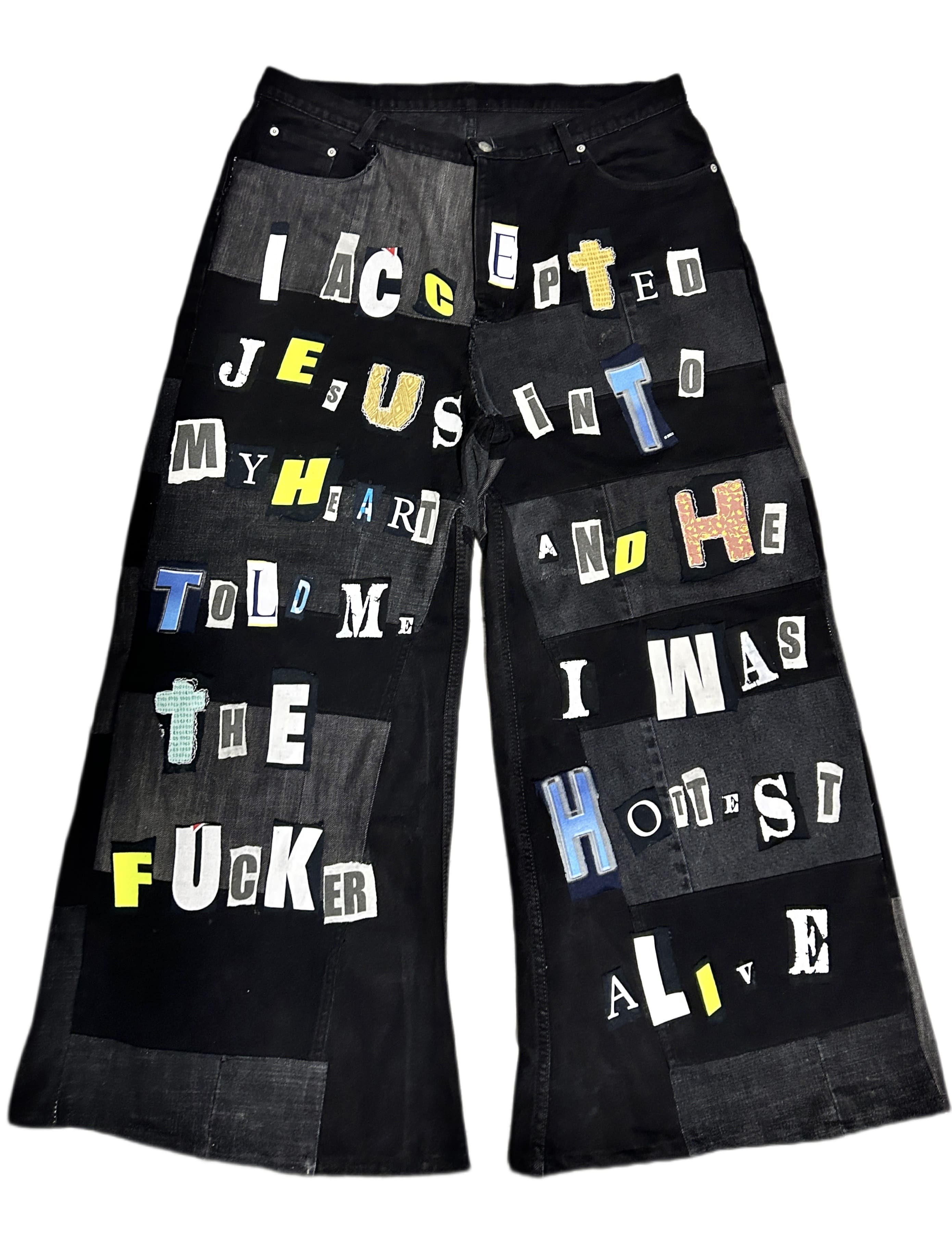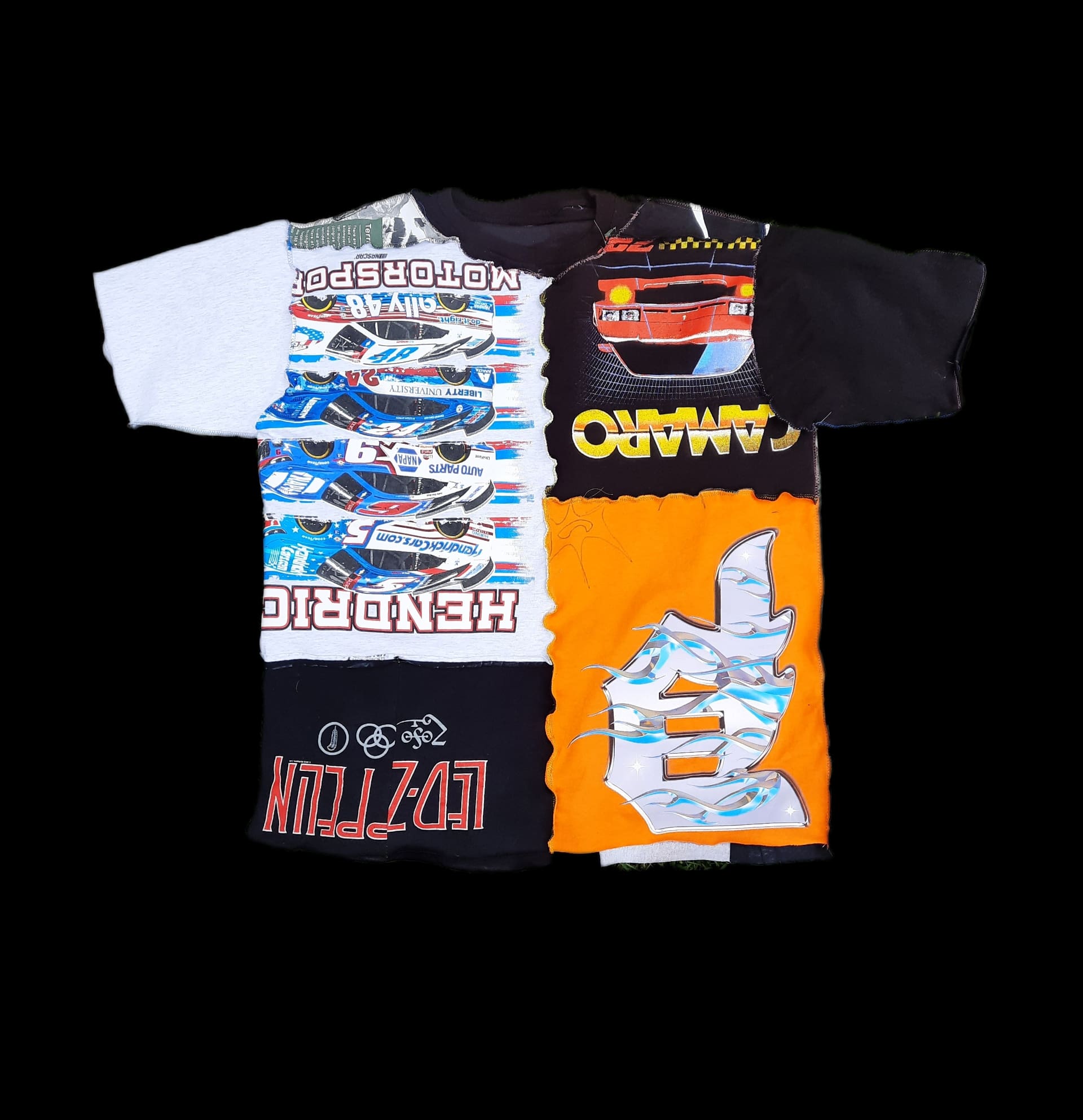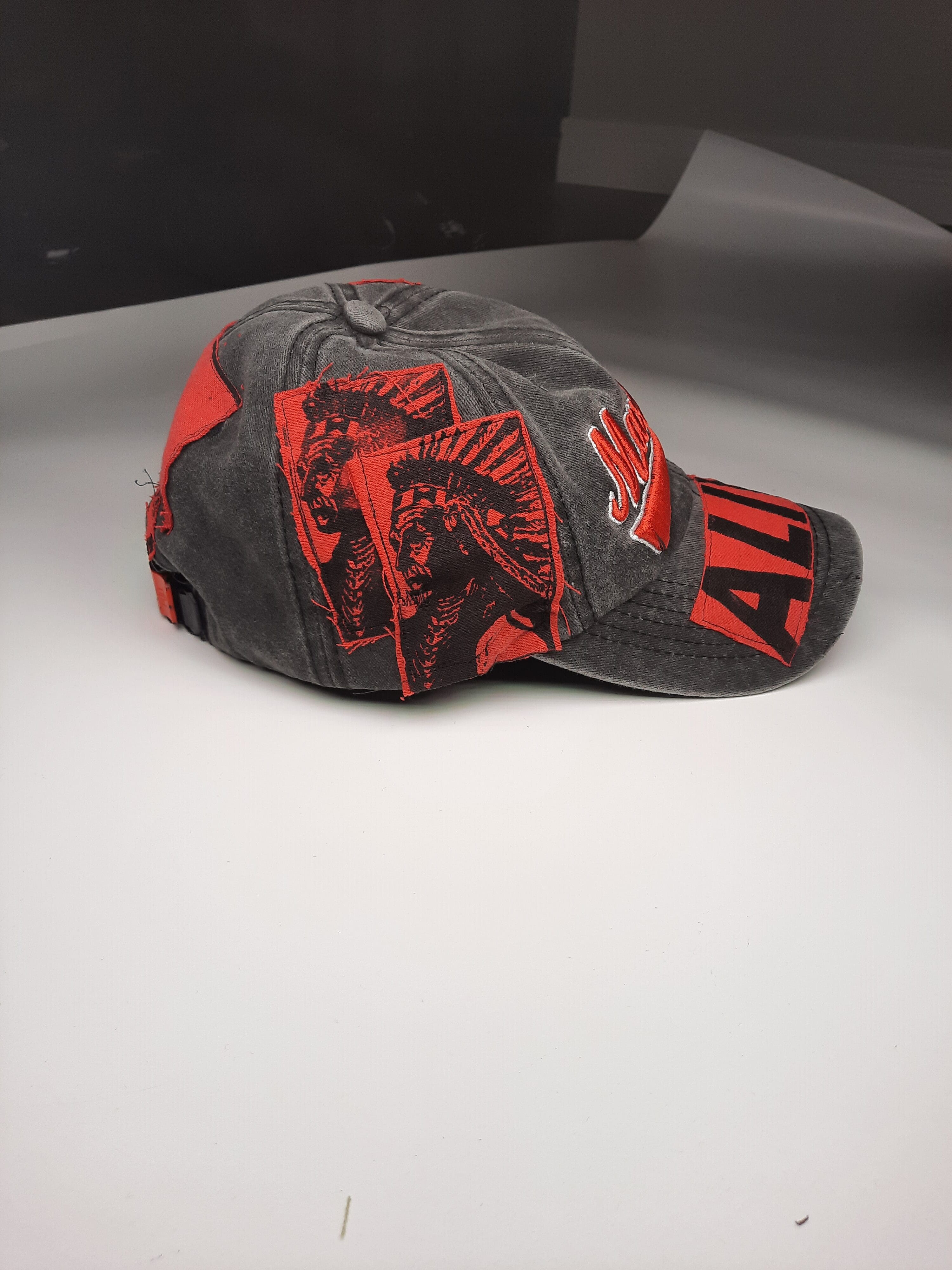Unless you’ve been living under a rock, you’ve probably become aware of the new fashion trend of upcycled clothing. Perhaps you’ve seen the countless content creators on TikTok or Instagram sharing tutorials on how to upcycle clothing or maybe you’ve walked into your local vintage shop and seen a rack full of upcycled clothing pieces. Upcycled clothes are pieces of clothing that are made from used clothing or other materials that would most likely be headed for a landfill otherwise.
So, the trend of upcycling clothing doesn’t just make for great content, it’s also fantastic for the environment. For every piece of clothing that’s upcycled and purchased, fewer old textiles are headed to the landfill and fewer new items of clothing need to be produced (which means that fewer items of clothing will end up in landfills in the future).
So, if you want to join the movement and start upcycling clothes, whether for your own wardrobe or to start a small business, you’re going to need a few essential tools to start your upcycling journey. So, let’s take a look at 5 essential tools for upcycled clothing artists.
1. Sewing Machine
This is the first and most obvious tool that you’ll need as an upcycled clothing artist. Sewing is the bread and butter of upcycling and probably the most essential skill to learn as an upcycled clothing artist. Having a sewing machine and knowing how to use it gives you the ability to take a damaged article of clothing, such as a pair of pants with a torn leg or a shirt missing a sleeve, and turn it into something new, original, and functional.

When it comes to which sewing machine to go with, you’ll probably want to go with a more affordable model when you’re first starting out. You probably don’t want to spend almost $1,000 on a Juki LockStitch Industrial Sewing Machine because you’re not 100% sure that you’re going to stick with your new sewing hobby. Instead, I’d recommend starting off with a Singer Heavy Duty Sewing Machine. These models only cost around $200 and, honestly, have all the functionality that you need to create amazing pieces and all the durability to last your entire lifetime.
2. Rotary Cutter
When creating upcycled clothing, you’ll inevitably need to cut some fabric. Perhaps you need to cut an old piece of fabric into smaller pieces to use for patches. Or you might want to slice two t-shirts in half and then join them, creating a split pattern. And, of course, if you use pre-cut sewing patterns, then you’ll need to cut fabric into pattern pieces before you join them (using your new sewing machine, see above).
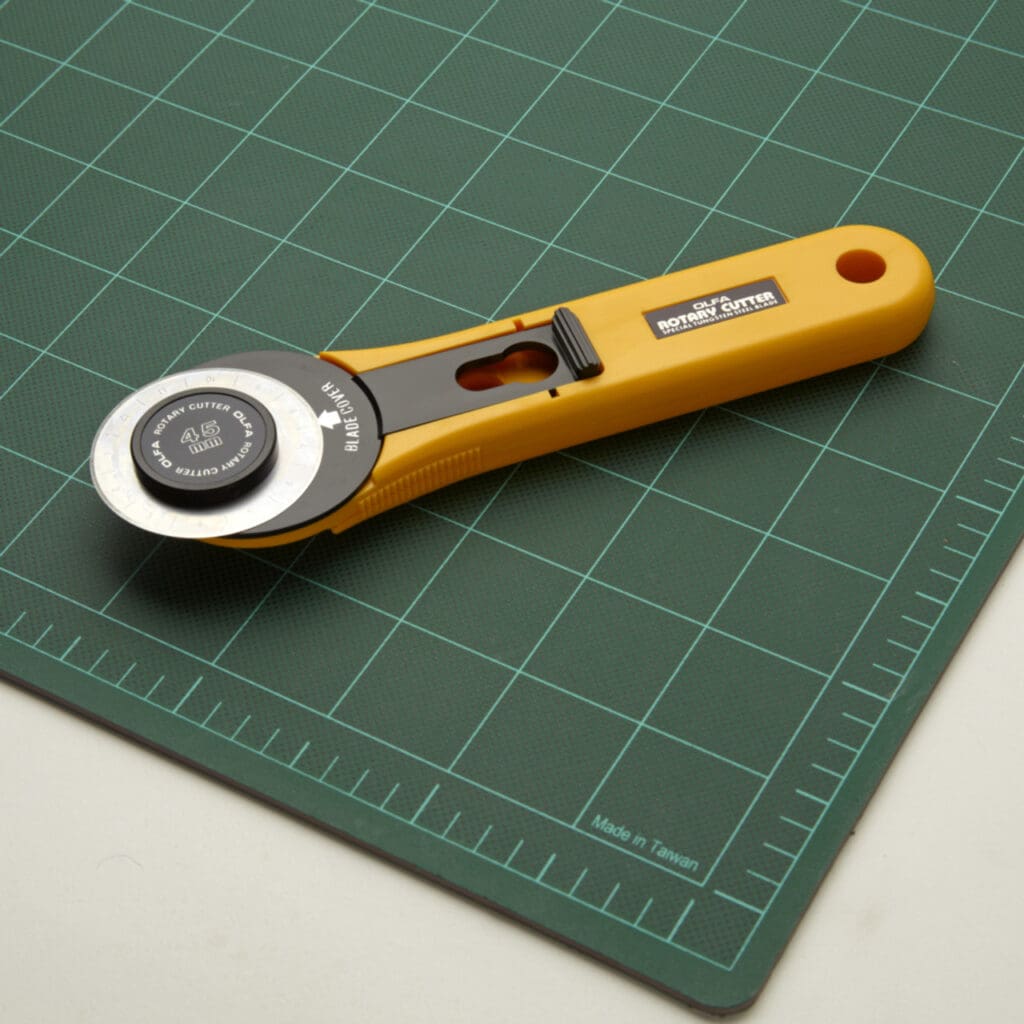
Personally, my cutting tool of choice is a rotary cutter. This tool allows you to easily and smoothly cut curves as well as cut straight lines in mere seconds. You can find basic rotary cutters out there at very affordable prices. For instance, I’d recommend getting a Fiskars Rotary Cutter, which comes with a sewing ruler and a cutting mat (both essential tools as well) all for about $30. Some artists prefer to use an electric rotary cutter as they tend to cut straighter and easier, but they’re also a bit more expensive.
3. Seam Ripper
As you may have gathered by now, upcycling clothing is just as much about deconstructing as it is constructing. However, sometimes, instead of cutting fabric, you want to keep the pattern pieces of a particular item intact while deconstructing it. For this purpose, you’re going to need a seam ripper. This tool allows you to remove stitches from a clothing item without ripping the fabric.
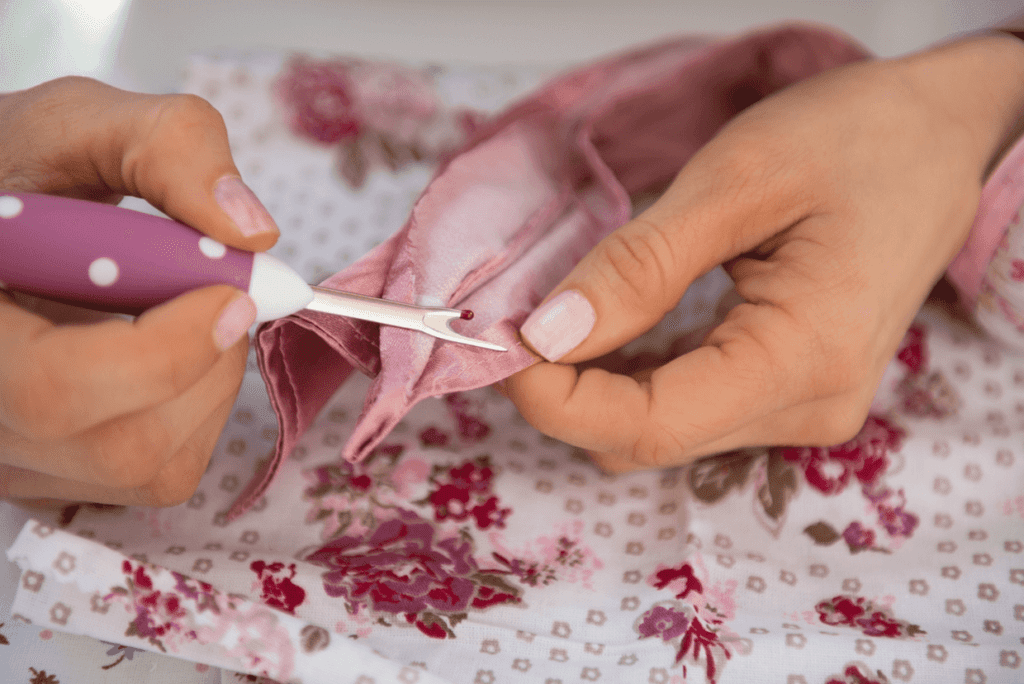
When I first started modifying my clothing, I would use a precision knife to rip the outer seams of my jeans. However, inevitably, I would end up tearing some of the fabric, which I would have to go back and repair later. After a while, I realized I would be way better off just buying a seam ripper for $5 or so and saving myself the hassle. It doesn’t really matter what kind of seam ripper you get. They’re all pretty much the same.
4. Serger Overlock Machine
Now, in the interest of full transparency, you don’t absolutely need a serger overlock machine in order to make beautiful upcycled clothing pieces. I know several clothing artists who only use a normal, single-needle sewing machine and make some incredible stuff. However, if you want to take your game to the next level and create clothing that’s going to look clean and going to be durable, then a serger overlock machine is a must.
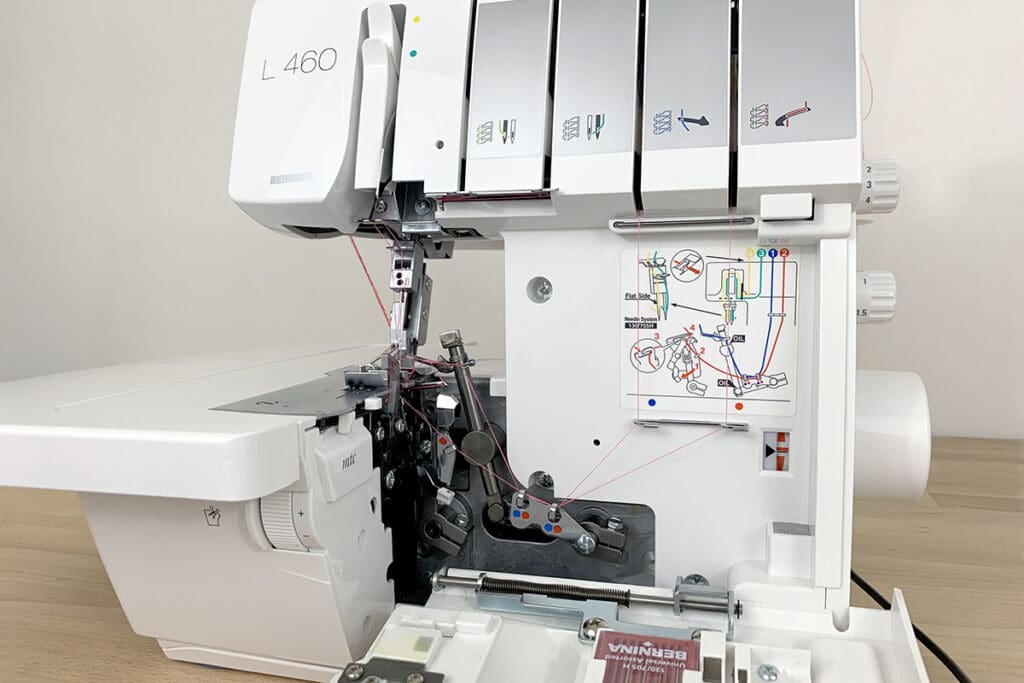
A serger overlock machine is a type of sewing machine that performs three functions at once. It stitches fabric together, trims the excess seam allowance, and overcasts the edge of your fabric (which reduces fraying significantly). All in all, if you’re going to be joining fabrics in your upcycling career, a serger overlock machine is going to make your life a lot easier.
5. Liquid Dye
One of the biggest reasons that clothes get thrown away is because of stains. Your favorite t-shirt gets a massive ketchup or coffee stain and suddenly you can’t wear it anymore without feeling a strong sense of embarrassment. One of the best ways to upcycle a piece of clothing that’s been stained is to dye it a dark color. And, personally, my favorite dye to use is Rit Liquid Dye.
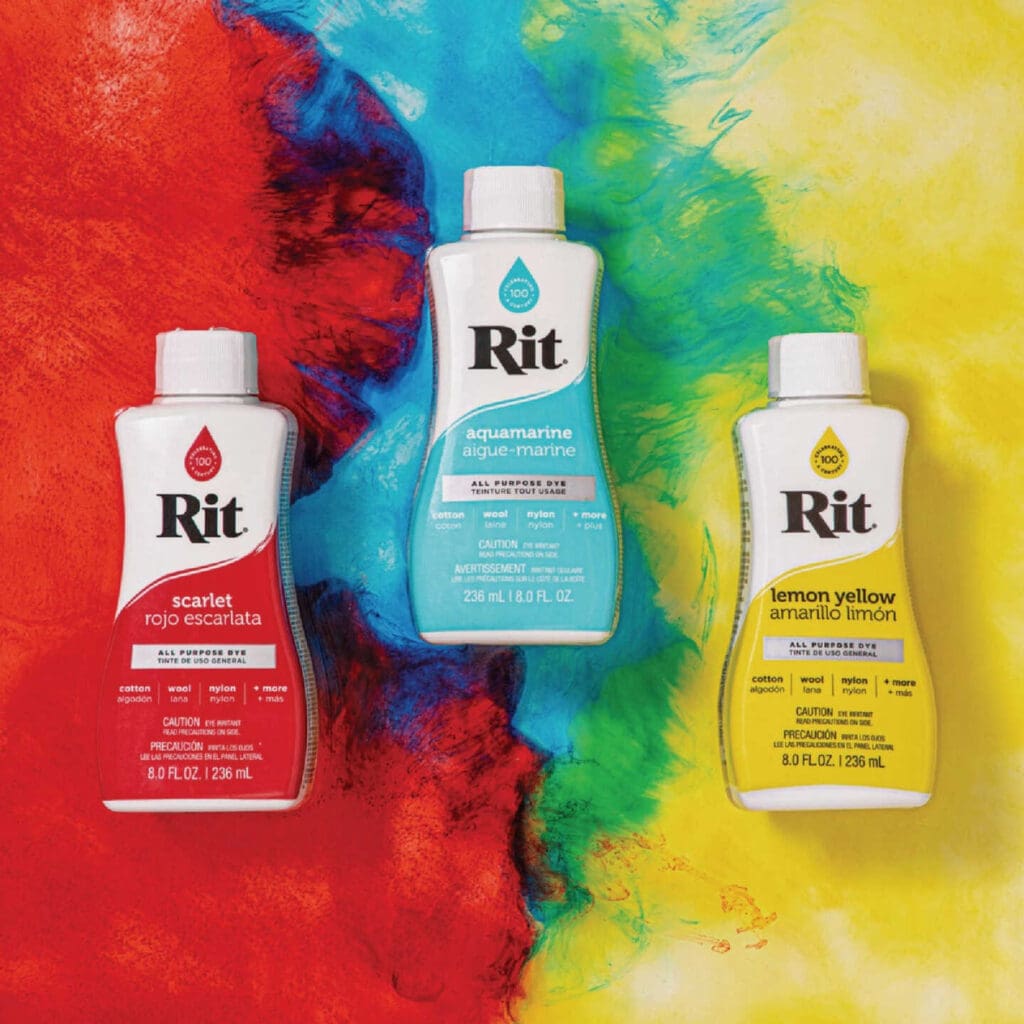
On several occasions, I’ve taken shirts that were covered with stains, dyed them purple or black or blue, and they come out looking like they came straight from the factory. To use Rit Liquid Dye, you simply need to fill a pot with water, add some salt, bring it to a boil, and mix in the dye. Then, you can stir the garment around in the dye for around 20 minutes and you’re done! Or you can get crazy and dye half of the garment one color and half of the garment another color. Either way, dyeing is an essential skill if you want to be a multifaceted upcycling artist.



